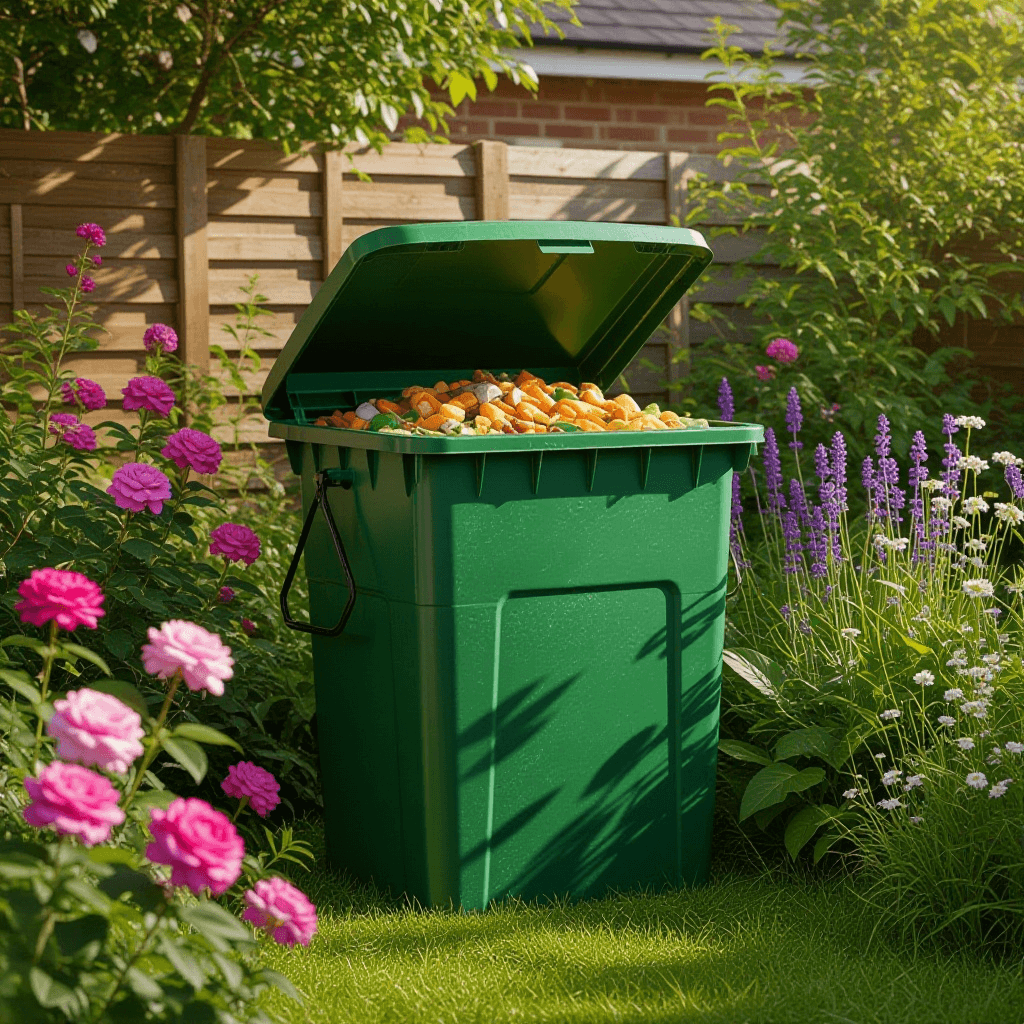Preparing Your Garden for the Summer
To ensure a thriving garden during the summer months of June, July, and August, proper preparation is essential. The first step in preparing your garden is testing the soil pH levels. This can be achieved using a simple soil test kit, which will allow you to understand the current fertility and acidity of your soil. The ideal pH for most garden plants ranges between 6.0 and 7.0. If the pH is outside this range, consider amending the soil with organic fertilizers, such as compost or well-rotted manure, to enhance nutrient levels and improve overall soil structure.
Attention to drainage is vital, especially during the summer when heavy downpours can occur. Ensure that your garden bed is elevated if necessary, and incorporate materials like sand or gravel to facilitate better water movement. Good drainage will prevent waterlogging and encourage the healthy root growth of your plants, allowing them to withstand the summer heat more efficiently.
Selecting the right plants is equally important for a successful summer garden. It’s crucial to choose varieties that thrive in warm conditions and can tolerate the local climate. Consider sun exposure; south-facing areas may require drought-resistant species, while shaded zones can support moisture-loving plants. Additionally, native plants often possess a high degree of adaptability to local conditions, making them excellent choices for summer gardening.
Lastly, establishing an efficient watering regime can dramatically impact your garden’s performance. Setting up an irrigation system, whether drip or soaker hoses, can ensure that moisture reaches the roots directly and minimizes evaporation. Watering in the early morning or late evening can also aid in retaining soil moisture. Implementing these practical tips will cultivate a strong foundation for a flourishing garden during the summer months.
Best Plants for Summer Gardening
Summer gardening in the UK offers a vibrant array of plants that thrive in warm weather, providing both aesthetic appeal and culinary benefits. For flower enthusiasts, hardy annuals such as marigolds and sunflowers are excellent choices. Marigolds, with their bright orange and yellow blooms, not only add a burst of color to any garden but also serve as natural pest repellents. Sunflowers, iconic for their towering heights and large heads, provide a cheerful focal point while attracting pollinators crucial for a healthy garden ecosystem.
Another notable summer bloomer is the cosmos, known for its delicate petals and long blooming season. This perennial is low-maintenance and comes in colors ranging from white to deep pink, easily pairing well with other summer plants. Additionally, geraniums can flourish in pots or borders, contributing to a diverse color palette while attracting bees and butterflies.
On the vegetable front, summer crops offer a bounty for the kitchen garden. Tomatoes are a staple, known for their versatility and high yield. Choosing varieties like ‘Gardener’s Delight’ or ‘Tumbling Tom’ can significantly enhance any homegrown salad. Courgettes are also a popular option, with their fast-growing nature and prolific production, making them perfect for those looking to maximize their harvest.
When planning your summer garden, consider companion planting to enhance growth and deter pests. For instance, planting marigolds alongside tomatoes can improve pest control, while interplanting crops like basil can enhance flavor. Ultimately, selecting the right mix of flowers and vegetables not only results in a bountiful garden but also enriches the overall aesthetic and ecological value of the outdoor space.
Maintenance Strategies for Summer Success
During the summer months, maintaining a flourishing garden in the UK requires diligent care and strategic practices. One of the most critical aspects of summer gardening is establishing an effective watering schedule. It is advisable to water early in the morning or later in the evening. This timing minimizes evaporation, ensuring that the moisture penetrates deep into the soil, providing better hydration to plants. A consistent watering routine is vital, especially as temperatures rise, to support the growth of flowers, vegetables, and other plants.
Weeding is another essential maintenance task. Regularly removing weeds not only improves the aesthetic appeal of the garden but also reduces competition for nutrients and water among your plants. By dedicating a few minutes each week to this activity, gardeners can help their plants thrive. Additionally, applying mulch around plants can significantly enhance growth by maintaining soil moisture and suppressing weed emergence. Organic mulches, such as straw or bark, are particularly beneficial, as they enrich the soil as they decompose.
In the pursuit of a vibrant garden, deadheading—removing spent flowers—plays a crucial role. This practice encourages plants to produce more blooms and prevents energy from being diverted into seed production. Furthermore, regular monitoring for signs of diseases and pest infestations is vital in sustaining plant health. Gardeners should familiarize themselves with the early indicators of issues, such as discolored leaves or unexplained wilting.
When pests are identified, an integrated approach can be employed, utilizing both organic methods, such as neem oil or insecticidal soap, and more traditional chemical treatments when necessary. By combining these maintenance strategies, gardeners can ensure their outdoor spaces remain healthy and productive throughout the summer season.
Enjoying Your Garden: Harvesting and Relaxation Tips
Summer gardening offers a plethora of opportunities to savor the rewards of your hard work. Harvesting your homegrown produce at the right time is essential for optimal flavor and freshness. For many fruits and vegetables, this period generally falls during the warm months of June through August, depending on the crop. For instance, juicy tomatoes should be picked when they are fully ripe, displaying rich color and slight softness to the touch. Similarly, cucumbers should be harvested while they are still firm and before they begin to turn yellow. Regularly checking your garden will ensure that you enjoy your bounty at its peak freshness.
Utilizing your garden’s produce can transform summer meals into delightful culinary experiences. Freshly harvested vegetables are not only tasty but also nutritious, making them a perfect addition to salads, sides, and main dishes. Consider hosting a summer barbecue where guests can enjoy grilled vegetables accompanied by dips or refreshing salads. Preserving fruits and vegetables is another way to enjoy the flavors of summer throughout the year. Techniques such as canning, freezing, and dehydrating allow you to store the season’s harvest for later use, ensuring that summer’s essence remains part of your meals long after the garden has faded.
To create an inviting atmosphere in your garden, consider setting up comfortable seating areas. Incorporating elements such as outdoor lights can enhance ambiance, making your garden a perfect setting for evening gatherings. Additionally, features like water fountains can introduce tranquility, providing a soothing backdrop for relaxation or meditation. Your garden can be a sanctuary for personal reflection or a gathering spot for family and friends, allowing everyone to connect with nature while enjoying the summertime. As summer unfolds, take the time to immerse yourself in the beauty and serenity your garden has to offer.


